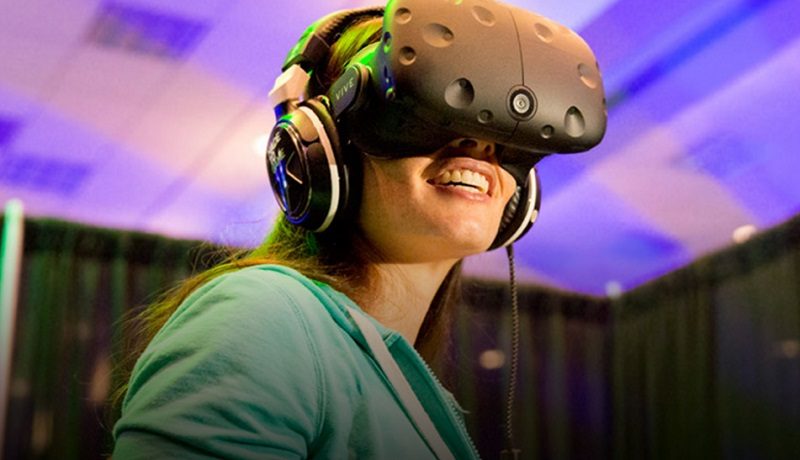NVIDIA to Release New VR Quality Tool
Ashley Allen / 8 years ago

Fine-tuning your VR set-up can be an art, worth spending a lot of time doing to prevent potential vertigo, motion sickness, or low framerate-triggered eye strain and headaches. Thankfully, NVIDIA is hoping to take a lot of that hard work on for you with FCAT VR, its new virtual reality quality tool. FCAT VR, unveiled at GDC in San Francisco this week, tracks four different metrics – mainly connected to stutter and latency – which, unlike FRAPS, measures what’s happening in the VR headset rather than on a monitor.
“FCAT VR takes the guesswork out of VR performance testing with an objective, data-based process. It’s based on FCAT, a frame capture analysis tool we released in 2013 to benchmark graphical quality in games,” NVIDIA says. “FCAT VR builds on this to provide comprehensive performance measurement for frame time and stutter on the VR headset without the need for special external capture hardware. The tool supports both Oculus Rift and HTC Vive.”
FCAT VR will track:
- Frame Time — Since FCAT VR provides detailed timing, it’s possible to measure the time it takes to render each frame. The lower the frame time, the more likely it is that the app will maintain a frame rate of 90 frames per second needed for a quality VR experience. Measurement of frame time also allows an understanding of the PC’s performance headroom above the 90 fps VSync cap employed by VR headsets.
- Dropped Frames — Whenever the frame rendered by the VR game arrives too late for the headset to display, a frame drop occurs. It causes the game to stutter and increases the perceived latency which can result in discomfort.
- Warp Misses — A warp miss occurs whenever the runtime fails to produce a new frame (or a re-projected frame) in the current refresh interval. The user experiences this miss as a significant stutter.
- Synthesized Frames — Asynchronous Spacewarp (ASW) is a process that applies animation detection from previously rendered frames to synthesize a new, predicted frame. If FCAT VR detects a lot of ASW frames, we know a system is struggling to keep up with the demands of the game. A synthesized frame is better than a dropped frame, but isn’t as good as a rendered frame.
FCAT VR will launch on GeForce.com in mid-March.



















